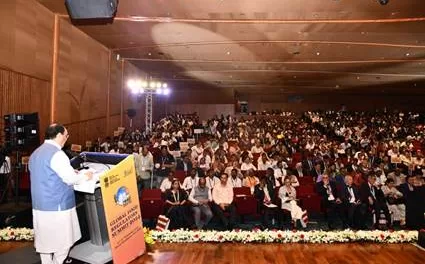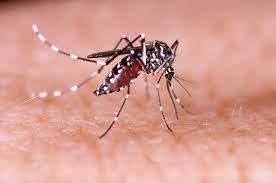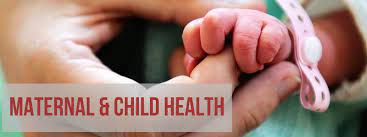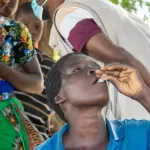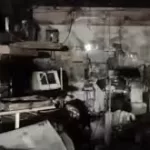University of Houston Optometry Researcher Raises Safety Concerns
A University of Houston optometry researcher, Lisa Ostrin, is sounding a warning against the use of Low-Level Red Light (LLRL) therapy as a method to control myopia, particularly in children. LLRL therapy, which has gained attention in recent years for its reported efficacy in reducing myopia progression, is facing scrutiny due to potential safety risks, according to Ostrin’s findings.
In a report published in The College of Optometrists journal, Ostrin urges clinicians to reconsider the use of LLRL therapy for myopia in children until safety standards are thoroughly investigated and confirmed. While LLRL therapy has shown promise in reducing myopia, Ostrin’s research raises concerns about the potential risk of photochemical and thermal damage to the retina.
“The safety profiles of red-light laser devices for myopia have not been fully investigated,” warns Ostrin. Her research specifically characterizes the laser output, determining the thermal and photochemical Maximum Permissible Exposure (MPE) of LLRL devices. The study reveals that the red-light instruments used in myopia treatment may exceed safety limits.
Children undergoing LLRL therapy are instructed to look into a red light-emitting instrument for three minutes, twice a day, five days a week, potentially for several years. Ostrin’s research indicates that for both LLRL devices evaluated, three minutes of continuous viewing approaches or surpasses the luminance dose MPE, posing a risk of photochemical damage to the retina.
While both LLRL devices were confirmed to be Class-1 laser products, adhering to International Electrotechnical Commission standards, Ostrin asserts that they are unsafe for continuous viewing as required during the treatment. Class-1 lasers, typically considered safe from all potential hazards when viewed accidentally and briefly, include devices like laser printers, CD players, and DVD devices, not meant for extended direct viewing.
Ostrin explains that thermal ocular injury from a laser can occur with exposures at any wavelength, emphasizing the importance of maintaining safe temperature ranges for the retina to prevent protein denaturation and permanent scotomas.
In conclusion, Ostrin’s research serves as a cautionary note, emphasizing the need for comprehensive safety assessments before promoting LLRL therapy for myopia treatment, particularly in the vulnerable population of children.



